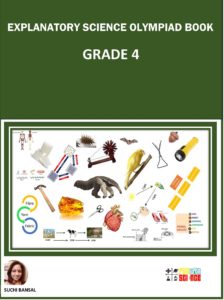MAMMALS
Home » MAMMALS

Subscribe to our Newsletter
MAMMALS
· Mammals are warm-blooded and have hair/fur on their body.
· They give Birth to Young Ones. The females secrete milk to nourish young ones
· Vertebrate.
· They are most intelligent among all animals.
· Humans, dogs, whales, elephants, horses, Bats, Dolphins.
MAMMALS ARE DIVIDED INTO 3 GROUPS
1. Monotremes : Mammals that lay eggs.· The only monotremes that are alive today are the spiny anteater, or echidna, and the platypus.
· They don’t have any teeth.
· The platypus has webbed feet and a bill. Its body is torpedo-shaped and is covered with soft fur.
· The platypus has webbed feet and a bill.
· The platypus is also one of the few mammals that is venomous.
· Echidnas have sharp spines scattered throughout their hair. They look like a spiky ball.
2. Marsupial mammals: Give birth to babies that are not completely developed.· The babies are very tiny.
· The babies drink milk from the mother and continue to develop inside the pouch.
· Koalas, kangaroos, wallabies, and opossums are some of the better-known marsupials.
· Opossums may give birth to as many as twenty-one babies at one time.
kangaroo is generally much larger than the wallaby. Kangaroos can grow as tall as 2 metres and weight over 90kg whereas Wallabies weigh around 20kg and rarely reach heights of 1metre. 3. Placental mammal: Develop baby inside its mother’s body until its body systems can function on their own. The name of this group comes from the placenta that passes materials between the mother and the developing baby.Some More facts on mammals
1. Blue whale is the largest mammal of all.
2. Bat is the smallest mammal.
3. Whales, Dolphins and Porpoises are the mammals that live in water. They have a layer of adipose tissues to keep themselves warm.
4. They come to surface to breathe through blowholes.
5. Seal is a marine mammal with streamlined body and fatty blubber to keep their body warm.
6. Rodents are mammals with long incisors.
BOOKS
We have our e-books published on Amazon for Grade 3 and Grade 4. The books serve as an important guide for Science Olympiads organized by SOF, Silverzone, Unified Council and others. Books are designed to help students understand key science concepts.
The key highlights of the book are:
· Well explained topics
· Use of diagrams and images for
students to visualize
· Test exercise after each chapter for self-assessment and evaluation
· Interesting facts sections spread across the book
Here are the links:





